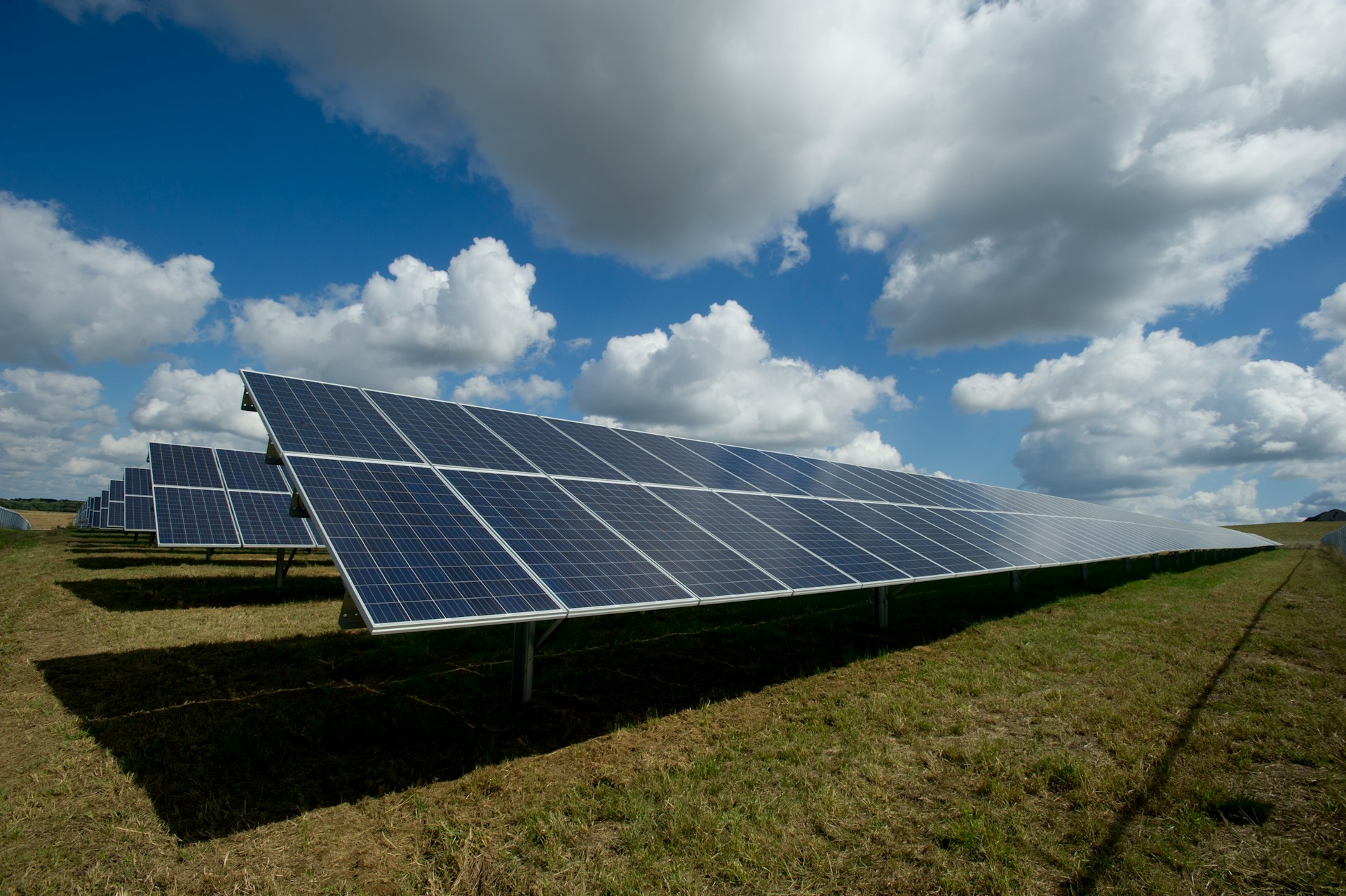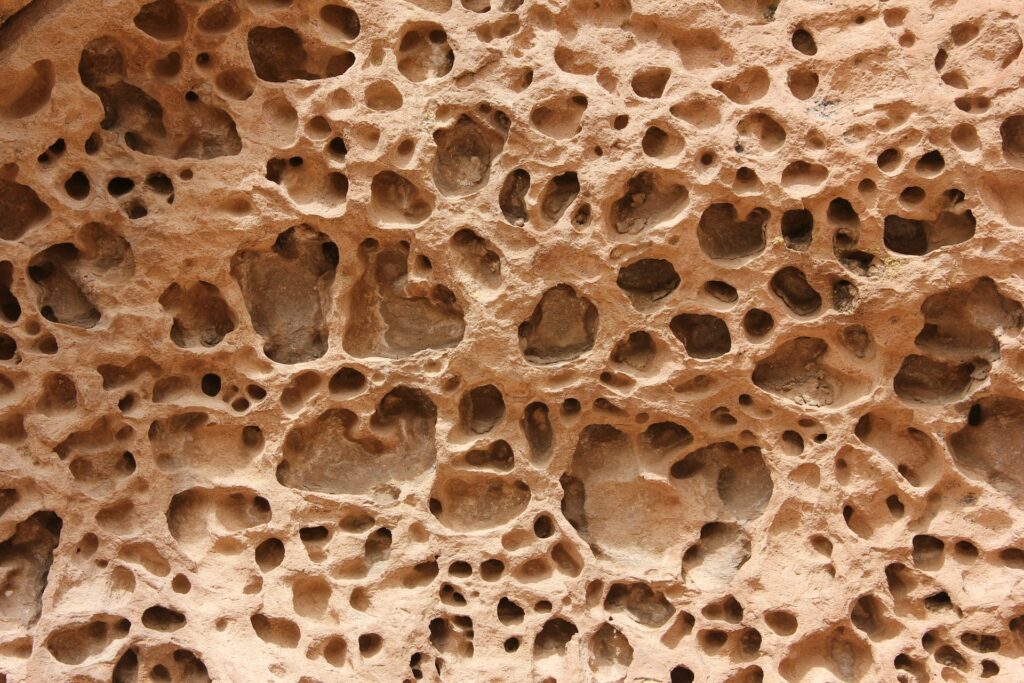Solar thermal collectors convert sunlight into heat for industrial and commercial applications, but their efficiency and lifetime have lagged behind competing technologies in recent times. Researchers at Umeå University have introduced new optical coatings for both the cover glass and absorber surface that boost light transmission, reduce energy losses and resist environmental wear. The research paper, published in Solar Energy Materials and Solar Cells, can be found here:
Zäll, E., Segervald, J., Mahmoodi, H., Perivoliotis, D., Edman, L., & Wågberg, T. (2024). Achieving optically selective coatings of silica fixated carbon nanotubes for solar energy applications. Solar Energy Materials and Solar Cells, 278, 113202. https://doi.org/10.1016/j.solmat.2024.113202
Erik Zäll a doctoral student in experimental physics at the Industrial Doctoral School at Umeå University said:
“Solar thermal has great potential to contribute to the green transition, especially as a source of industrial process heat. But the technology needs to become even more competitive to gain broader traction,”
The research team deposited a layer of silica with small pores arranged in a hexagonal pattern, adjusting pore dimensions and film thickness to let more light through while also making the glass less prone to scratches, soiling and moisture damage.
On the absorber side, two approaches were tested. One uses an electroplated cobalt-chromium alloy; produced with a more benign form of chromium, to create a structured surface that captures incoming light. The other is a composite film of carbon nanotubes and silica, applied by ultrasonic spray onto heat-treated stainless steel; the heat treatment forms a thin oxide layer that enhances both optical absorption and thermal stability.
Both coatings absorb most of the incoming radiation while emitting very little heat back to the environment, and they rely on cost-effective, scalable processes well suited for large-area manufacturing.
This work was carried out in collaboration with Swedish solar company Absolicon Solar Collector, with two patent applications already filed to cover the new coating methods. The integration of these coatings into commercial collector designs could improve the economic case for solar heat in industrial settings. Zäll said:
“Our work shows that it’s possible to combine sustainability, cost-effectiveness and high performance in optical coatings—a key to making solar heat a viable alternative to fossil fuels on a larger scale,”
Erik Zäll, Jonas Segervald, Hoda Mahmoodi, Dimitrios Perivoliotis, Ludvig Edman and Thomas Wågberg; all researchers in the Department of Physics at Umeå University, led the work.

Hassan graduated with a Master’s degree in Chemical Engineering from the University of Chester (UK). He currently works as a design engineering consultant for one of the largest engineering firms in the world along with being an associate member of the Institute of Chemical Engineers (IChemE).



